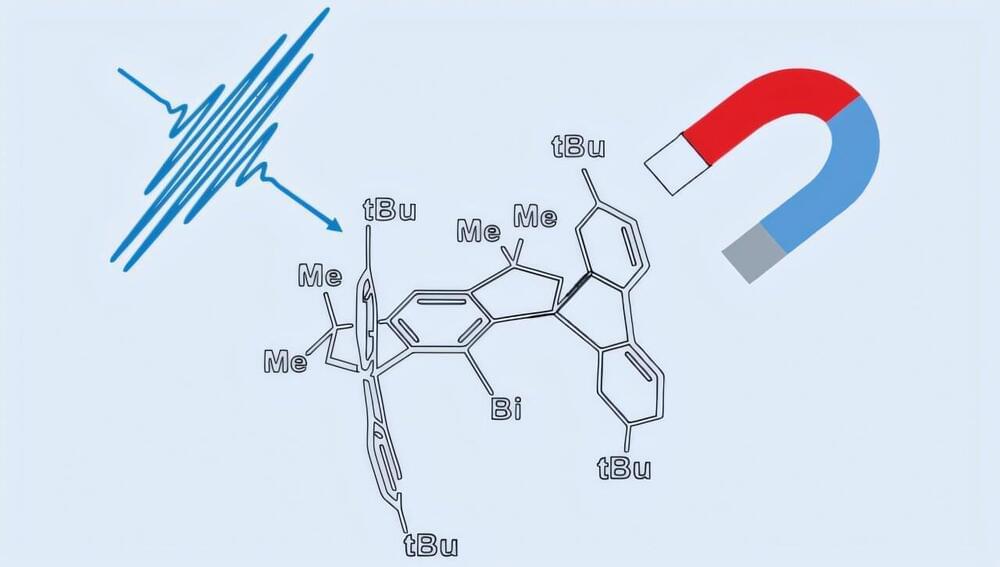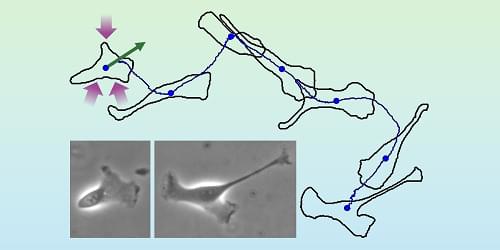Dec 24, 2024
Ants prove superior to humans in group problem-solving maze experiment
Posted by Saúl Morales Rodriguéz in category: robotics/AI
Anyone who has dealt with ants in the kitchen knows that ants are highly social creatures; it’s rare to see one alone. Humans are social creatures too, even if some of us enjoy solitude. Ants and humans are also the only creatures in nature that consistently cooperate while transporting large loads that greatly exceed their own dimensions.
Prof. Ofer Feinerman and his team at the Weizmann Institute of Science have used this shared trait to conduct a fascinating evolutionary competition that asks the question: Who will be better at maneuvering a large load through a maze? The surprising results, published in the Proceedings of the National Academy of Sciences, shed new light on group decision making, as well as on the pros and cons of cooperation versus going it alone.
Continue reading “Ants prove superior to humans in group problem-solving maze experiment” »


















